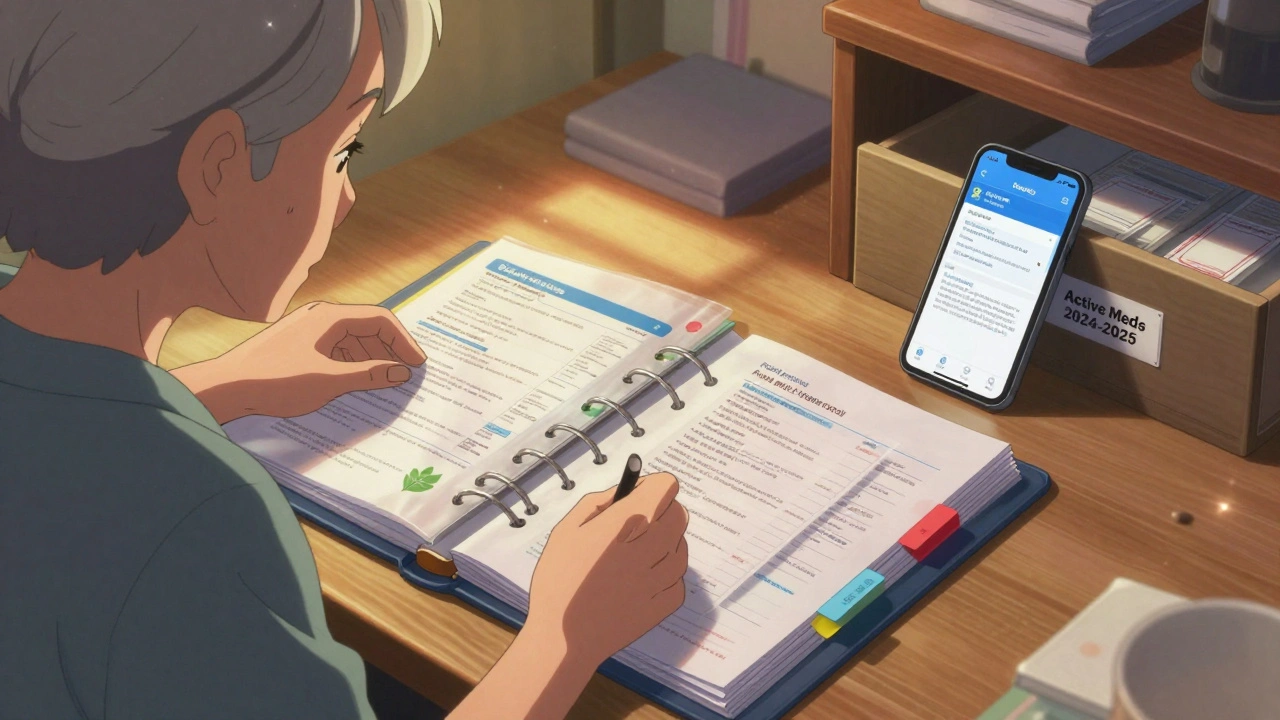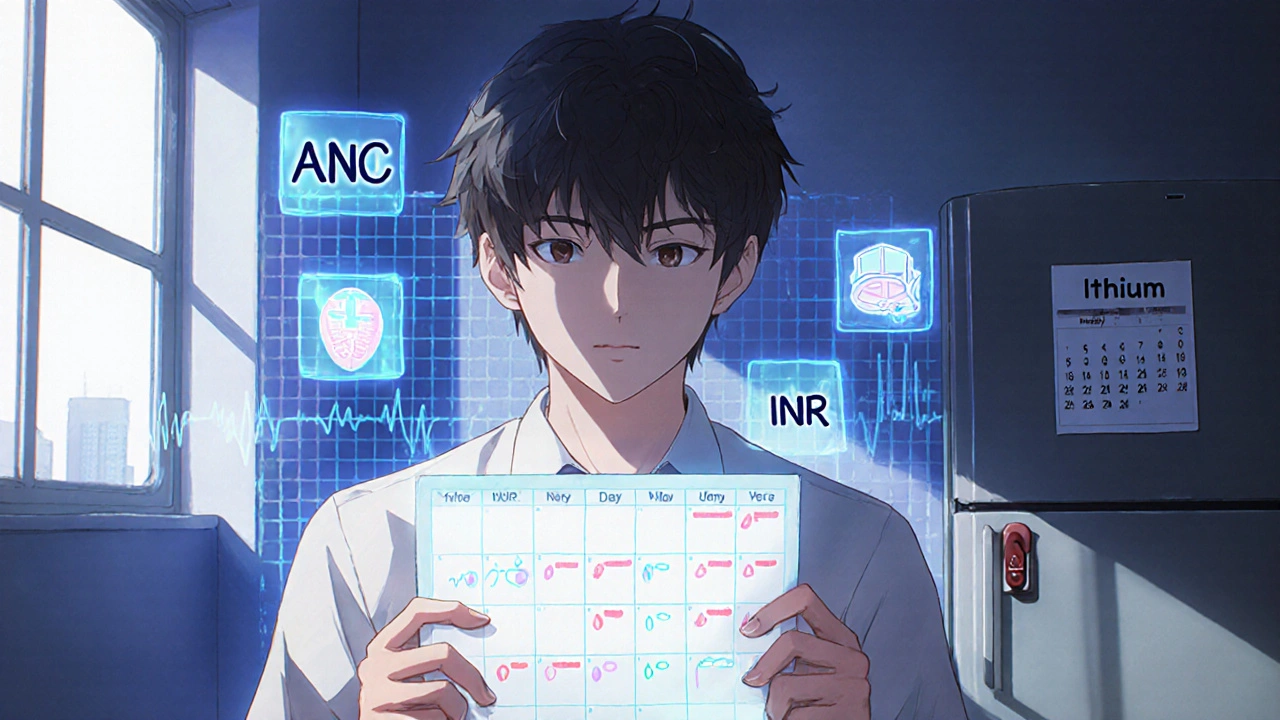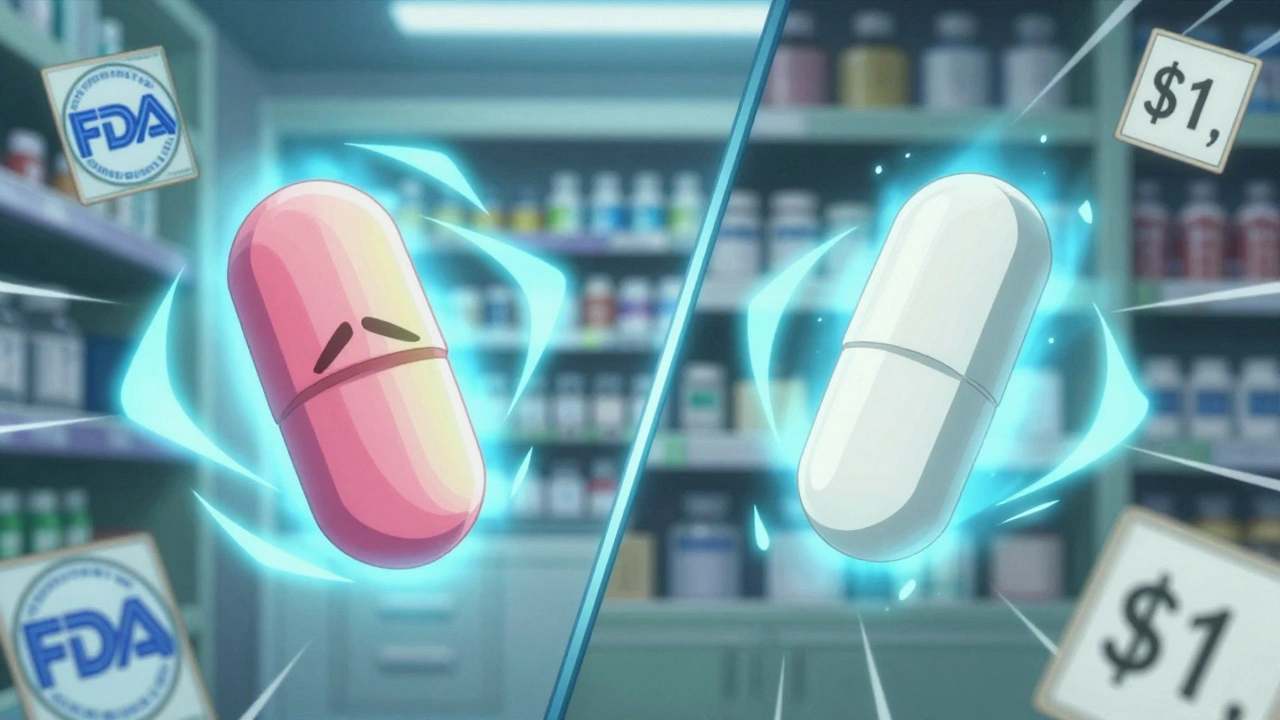Medication Safety: Protect Yourself from Harmful Side Effects and Errors
When you take a pill, you expect it to help—not hurt. But medication safety, the practice of using drugs correctly to avoid harm. Also known as drug safety, it’s not just about following the label—it’s about understanding how your body reacts, what other drugs you’re taking, and when to speak up. Every year, hundreds of thousands of people end up in emergency rooms because of preventable medication errors. It’s not always the doctor’s fault. Sometimes it’s the pharmacy. Sometimes it’s us—we forget we’re taking two drugs that clash, or we assume a "natural" supplement is harmless. Medication safety starts with asking simple questions: Does this interact with what I already take? Is this the right dose for me? Why am I taking this at all?
One major risk is drug interactions, when two or more medications affect each other’s performance or increase side effects. Take chlorthalidone, a common blood pressure pill—it can spike uric acid and trigger gout in people who didn’t even know they were at risk. Or look at cycloserine, used for rare infections: it can cause serious brain side effects if not monitored closely. These aren’t rare cases. They show up in real patient stories across our posts, from people managing arthritis with Arava to those using doxycycline for acne and wondering why their stomach feels off. Another hidden danger is prescription errors, mistakes in dosage, timing, or drug choice that happen during prescribing or dispensing. A wrong label, a confusing abbreviation, or a rushed refill can turn a helpful drug into a dangerous one. And it’s not just about prescriptions—over-the-counter painkillers like ibuprofen (Motrin) can cause kidney damage or stomach bleeding if taken too long or with other meds.
Then there’s the rise of buying meds online. You can find cheap generic Topamax, Zoloft, or Allegra with a few clicks. But without a valid prescription or a verified pharmacy, you’re risking counterfeit pills, wrong dosages, or drugs that contain harmful fillers. Medication safety includes knowing how to spot a legit online pharmacy, not just the lowest price. It also means talking to your doctor before switching from one drug to another—like swapping Lisinopril for losartan—because even "similar" drugs aren’t interchangeable for everyone. Even supplements like cholestyramine or Nirdosh herbal can interfere with how your body absorbs other medications. Medication safety isn’t a one-time checklist. It’s an ongoing conversation—with your pharmacist, your doctor, and yourself.
What you’ll find below isn’t just a list of drug comparisons. It’s a practical guide to spotting red flags, asking the right questions, and making smarter choices with every pill you take. From how Amantadine affects fatigue in CFS to why Disulfiram works for alcohol dependence but not for everyone, these posts break down real-world risks and solutions—not theory, not marketing. You’ll learn what to watch for, when to push back, and how to keep your meds working for you—not against you.
How to Store Prescription Labels and Leaflets for Future Reference
Store prescription labels and leaflets properly to avoid dangerous medication errors. Learn how to organize physical and digital records for safety, convenience, and peace of mind.
How to Read FDA Safety Communications for Your Medications
Learn how to read FDA Safety Communications for your medications. Understand drug alerts, labeling changes, and what actions to take when new risks are found. Stay informed without being overwhelmed.
Lab Monitoring Calendars: Stay Ahead of Medication Side Effects
Lab monitoring calendars help you track blood tests and side effects for high-risk medications like clozapine, lithium, and warfarin. Stay ahead of dangerous reactions with a simple, personalized schedule.







